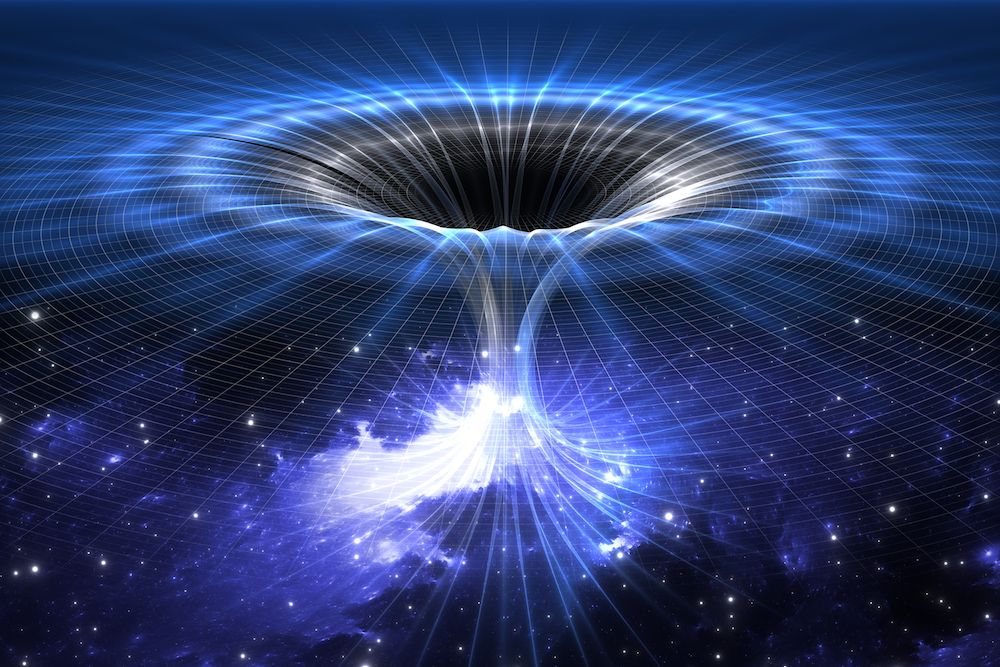
Thorne duly devised a way — possible in theory, but highly improbable in practice — that humans might achieve interstellar travel by traversing a wormhole unscathed.
It's also possible that, if wormholes already exist in the universe, they could be located using the new generation of gravitational-wave detectors.
The concept of a time machine is one of the great sci-fi plot devices, allowing characters to go back and change the course of history — for better or worse.In "Back to the Future," for example, would Doc have built his time machine if he hadn't been visited by the future Marty using that very same machine.
It's because of paradoxes like these that many people assume time travel must be impossible in the real world — and yet, according to the laws of physics, it really can occur.
Just like with wormholes and space warps, the physics that tells us it's possible to travel back in time comes from Einstein's theory of general relativity.Sometimes it can get so distorted that it folds back on itself, in what scientists refer to as a "closed timelike curve" — though it could just as accurately be called a time machine.
A conceptual design for such a time machine was published in 1974 by physicist Frank Tipler, according to physicist David Lewis Anderson, who describes the research on the Anderson Institute, a private research lab.But teleportation is quite unlike any other form of transport: Instead of the traveler moving through space from the starting point to the destination, teleportation results in an exact duplicate being created at the destination while the original is destroyed?
Viewed in these terms — and at the level of subatomic particles rather than human beings — teleportation is indeed possible, according to IBM.
Quantum teleportation destroys the quantum state of the first photon, so it does indeed look as though the photon has been magically transported from one place to another.
The idea of "parallel universes" is another familiar sci-fi theme, but when they're depicted on screen they typically differ from our own universe only in minor details.
But the reality may be much weirder than that, with the basic parameters of physics in a parallel universe — such as the strength of gravity or nuclear forces — differing from our own.
According to this theory, our universe is one such region, but there may be countless others.
It's even been suggested that the mysterious "cold spot" in the cosmic microwave background is the scar from a collision with a parallel universe, Ivan Baldry, a professor of astrophysics at Liverpool John Moores University in the U.K.
